When it comes to bathroom sinks, there are several different parts that work together to create a functional and stylish fixture. From the faucet to the drain, each component plays a crucial role in the overall performance of the sink. In this article, we will take a closer look at the top 10 main parts in a bathroom sink and their importance in the overall functionality of the sink.Sink Parts
Of course, the star of the show is the bathroom sink itself. Available in a variety of materials, shapes, and sizes, the sink is not only a functional necessity but also a design element in any bathroom. It provides the space to wash hands, brush teeth, and perform other daily tasks. From traditional porcelain sinks to sleek modern designs, the options are endless when it comes to choosing the perfect bathroom sink for your space.Bathroom Sink
The sink drain is an essential part of the sink that allows water to flow out and prevents it from overflowing. It is usually located at the bottom of the sink and is connected to the plumbing system. A clogged sink drain can cause water to back up and can be a major inconvenience. Regular maintenance and cleaning of the sink drain are necessary to ensure proper functioning.Sink Drain
The sink stopper is a small but mighty component of the bathroom sink. It is responsible for keeping water in the sink when needed and draining it when not in use. Sink stoppers come in different types, including pop-up, push-button, and flip-top, and can be made of various materials such as plastic or metal. A faulty sink stopper can cause water to leak and can be easily replaced if necessary.Sink Stopper
The sink faucet is perhaps the most used part of the bathroom sink. It controls the flow of water and is essential for washing hands, brushing teeth, and other daily tasks. From single-handle to widespread faucets, there are various styles and designs to choose from to match your bathroom's aesthetic. A leaky faucet can not only be annoying but can also waste a significant amount of water, so it's essential to keep it in good condition.Sink Faucet
The sink trap, also known as a P-trap, is a curved pipe located under the sink that traps debris and prevents it from entering the plumbing system. It also helps to prevent foul odors from coming up through the drain. Made of PVC, metal, or brass, the sink trap should be regularly cleaned and maintained to prevent clogs and keep your sink smelling fresh.Sink Trap
The sink strainer is a small but mighty part of the sink that helps to prevent food particles, hair, and other debris from entering the plumbing system. It is usually located in the sink drain and is made of metal or plastic mesh. Regular cleaning of the sink strainer is necessary to prevent clogs and maintain proper drainage.Sink Strainer
The sink plug, also known as a sink grid or sink mat, is a small accessory that can help protect your sink from scratches and damage. It is usually made of rubber or plastic and fits inside the sink basin. Sink plugs can also help prevent dishes and other items from sliding around in the sink while washing them.Sink Plug
The sink pipe, also known as the tailpiece, is a pipe that connects the sink drain to the plumbing system. It is usually made of metal or plastic and comes in various lengths to fit different sink sizes. The sink pipe is an essential part of the sink as it ensures proper drainage and prevents clogs.Sink Pipe
The sink basin, also known as the sink bowl, is the part of the sink where water is held. It is available in various shapes and sizes, from round to rectangular, to fit different sink designs. The sink basin is usually made of ceramic, porcelain, or other materials and is an important part of the sink's overall appearance and functionality.Sink Basin
Maximizing Space: The Importance of Organizing Bathroom Sink Parts

Efficiency in Design
 When it comes to designing a house, every square inch matters. This is especially true for smaller spaces like bathrooms. One area that often gets overlooked is the bathroom sink. While it may seem like a small and insignificant part of the room, the organization of
sink parts
can greatly impact the overall
efficiency
and
aesthetics
of the space.
When it comes to designing a house, every square inch matters. This is especially true for smaller spaces like bathrooms. One area that often gets overlooked is the bathroom sink. While it may seem like a small and insignificant part of the room, the organization of
sink parts
can greatly impact the overall
efficiency
and
aesthetics
of the space.
What are the different parts of a bathroom sink?
 Before diving into the importance of organizing
bathroom sink parts
, it's important to understand what these parts are. The main components of a bathroom sink include the
faucet
,
drain
,
stopper
,
handles
, and
basin
. These parts work together to provide functional and hygienic use of the sink.
Before diving into the importance of organizing
bathroom sink parts
, it's important to understand what these parts are. The main components of a bathroom sink include the
faucet
,
drain
,
stopper
,
handles
, and
basin
. These parts work together to provide functional and hygienic use of the sink.
The Benefits of Organizing Bathroom Sink Parts
 Proper organization of
bathroom sink parts
can make a big difference in the functionality and appearance of the space. By keeping these parts in order, you can maximize the use of the sink and create a more visually appealing design. Here are some specific benefits of organizing
bathroom sink parts
:
Proper organization of
bathroom sink parts
can make a big difference in the functionality and appearance of the space. By keeping these parts in order, you can maximize the use of the sink and create a more visually appealing design. Here are some specific benefits of organizing
bathroom sink parts
:
- Efficient Use of Space: By keeping the faucet , drain , and handles in their designated places, you can free up more counter space for other bathroom essentials.
- Easy Maintenance: When the bathroom sink parts are organized, it becomes easier to clean and maintain them. This can save you time and effort in the long run.
- Enhanced Aesthetics: A well-organized bathroom sink can have a big impact on the overall design of the room. By choosing matching sink parts and arranging them neatly, you can create a more cohesive and visually appealing space.
- Improved Functionality: Organizing bathroom sink parts can also improve the functionality of the sink. For example, a properly installed drain and stopper can prevent water from pooling and causing any potential clogs.
In Conclusion
 In the grand scheme of things,
bathroom sink parts
may seem like a minor detail. However, it's important to remember that every aspect of a house design contributes to the overall functionality and aesthetics of the space. By taking the time to organize
bathroom sink parts
, you can create a more efficient, visually appealing, and functional bathroom for your home.
In the grand scheme of things,
bathroom sink parts
may seem like a minor detail. However, it's important to remember that every aspect of a house design contributes to the overall functionality and aesthetics of the space. By taking the time to organize
bathroom sink parts
, you can create a more efficient, visually appealing, and functional bathroom for your home.









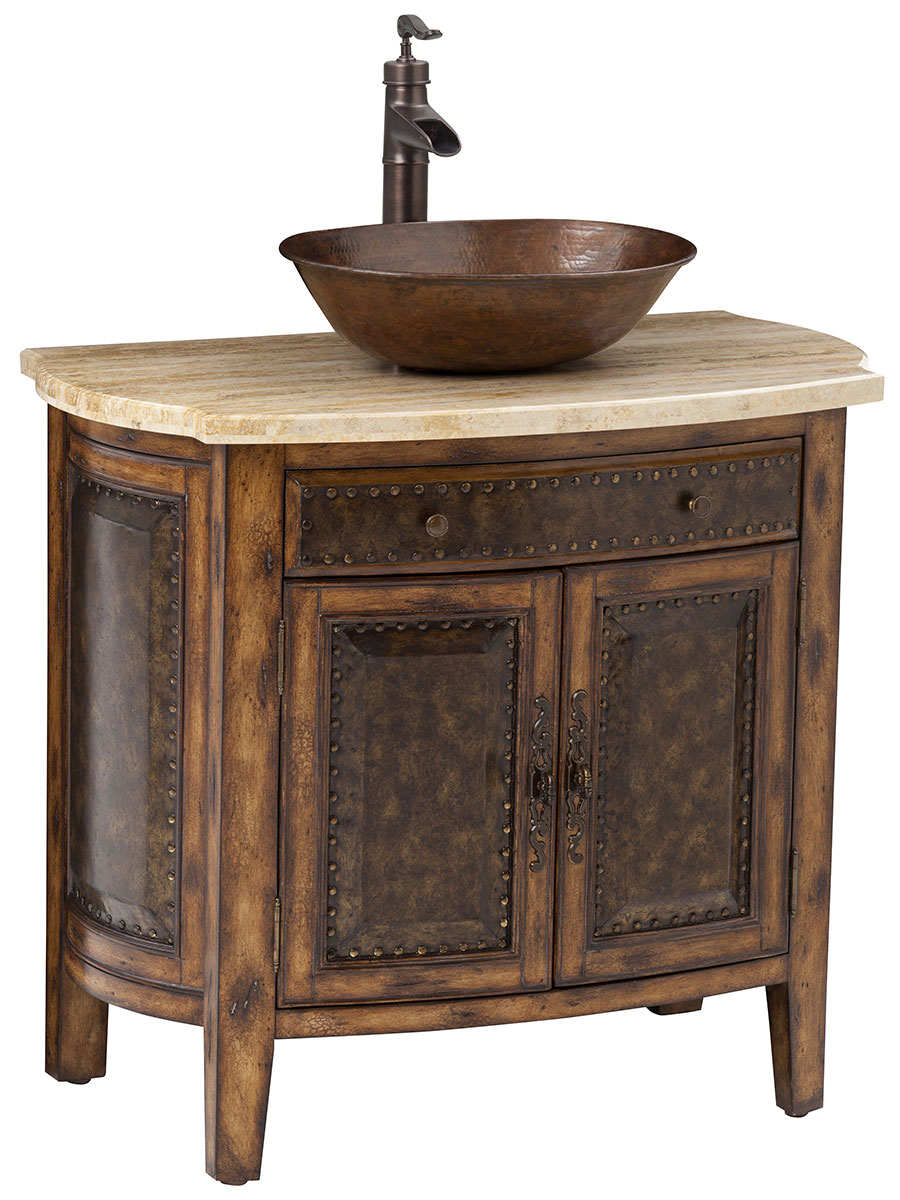









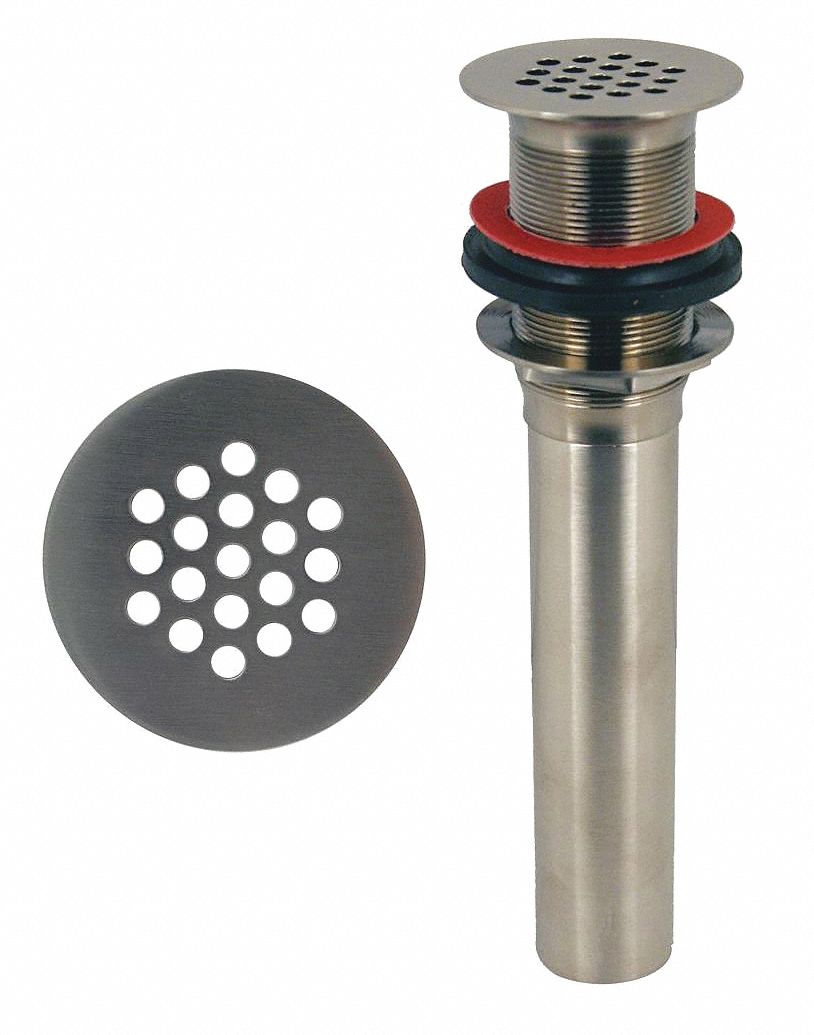









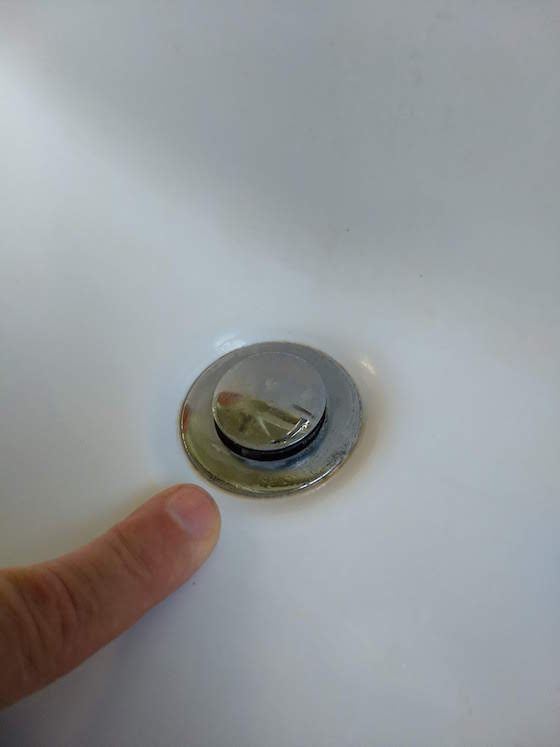









:max_bytes(150000):strip_icc()/bathroom-sink-drain-installation-2718843-07-2b728cbd5c994dc39179346f51bb6421.jpg)



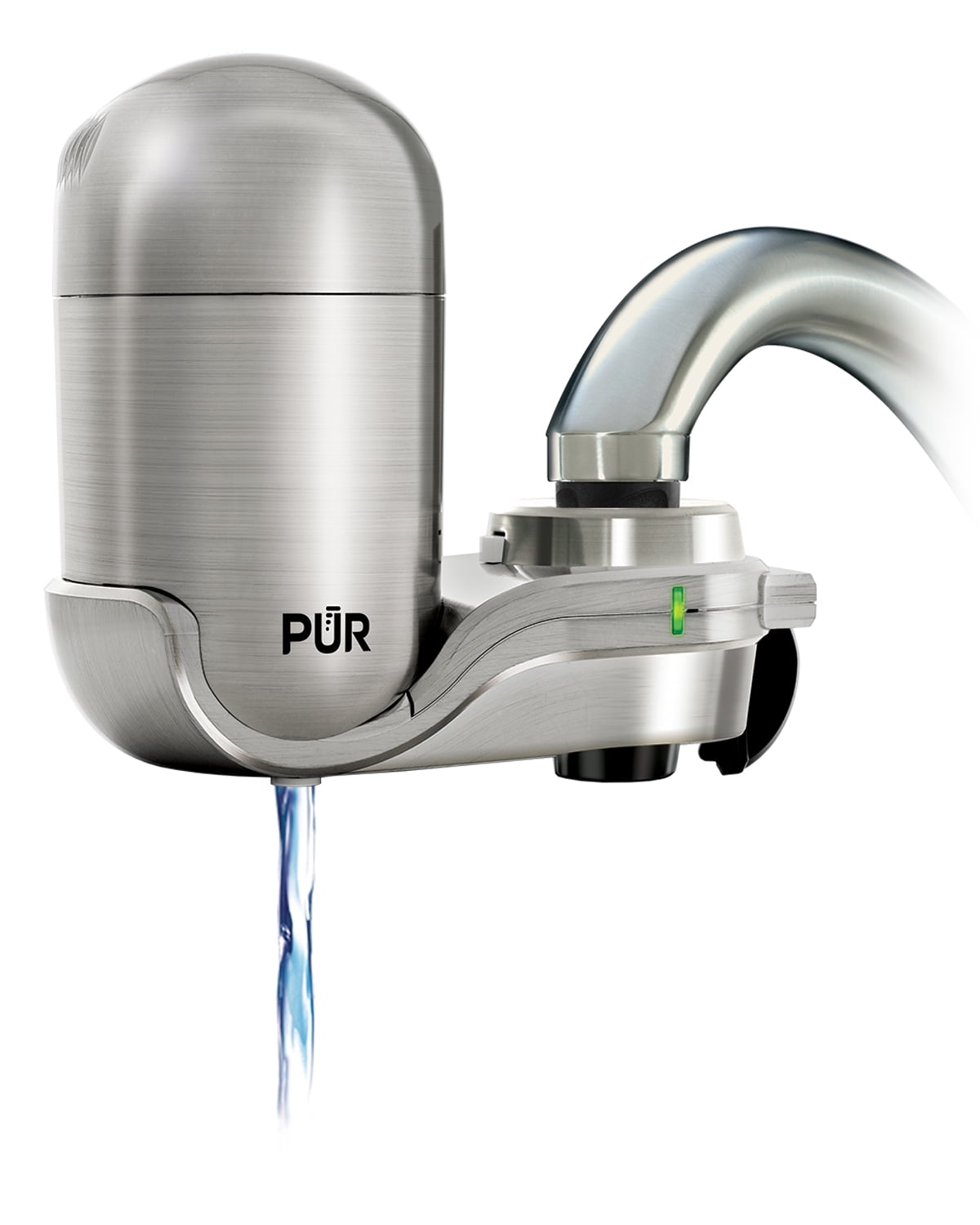













/sink-drain-trap-185105402-5797c5f13df78ceb869154b5.jpg)













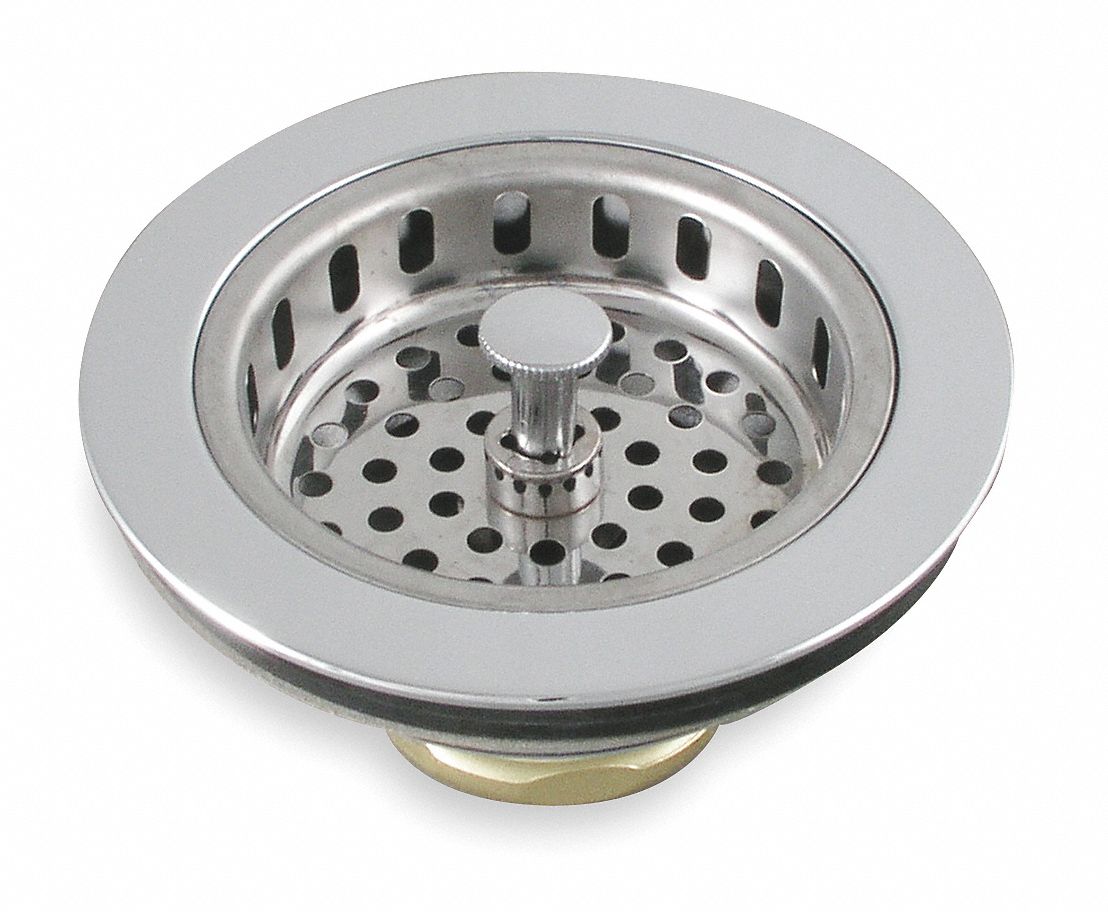














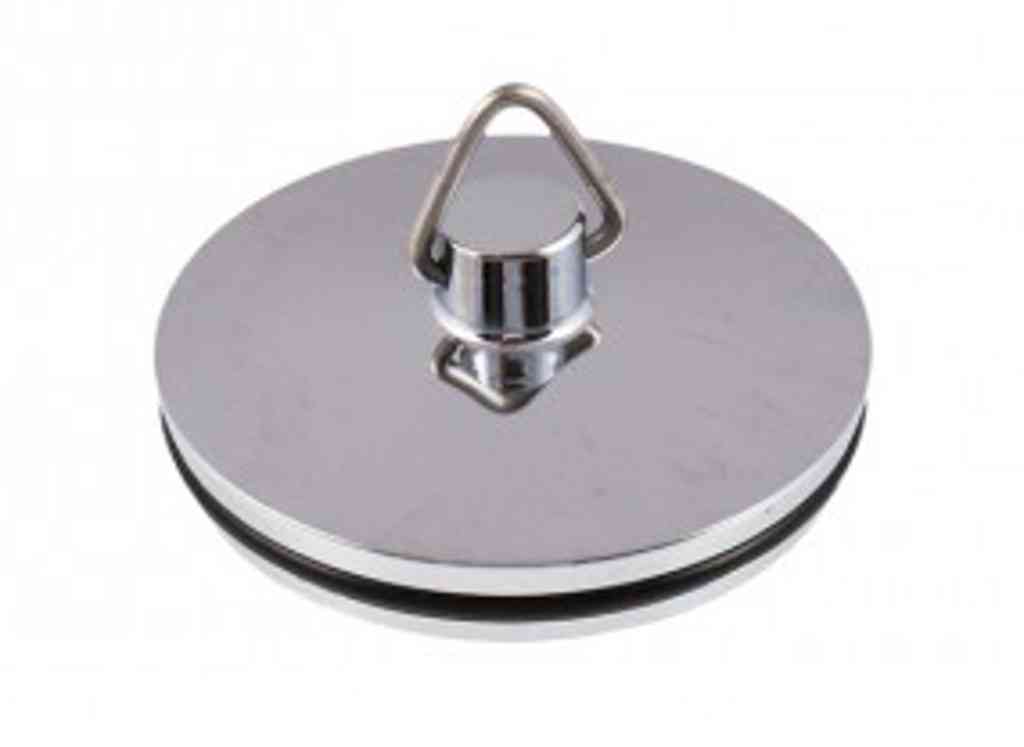









:max_bytes(150000):strip_icc()/sink-pipe-under-wash-basin-119001607-6f28aec4c66944efb7a9a38cb622ab8b.jpg)





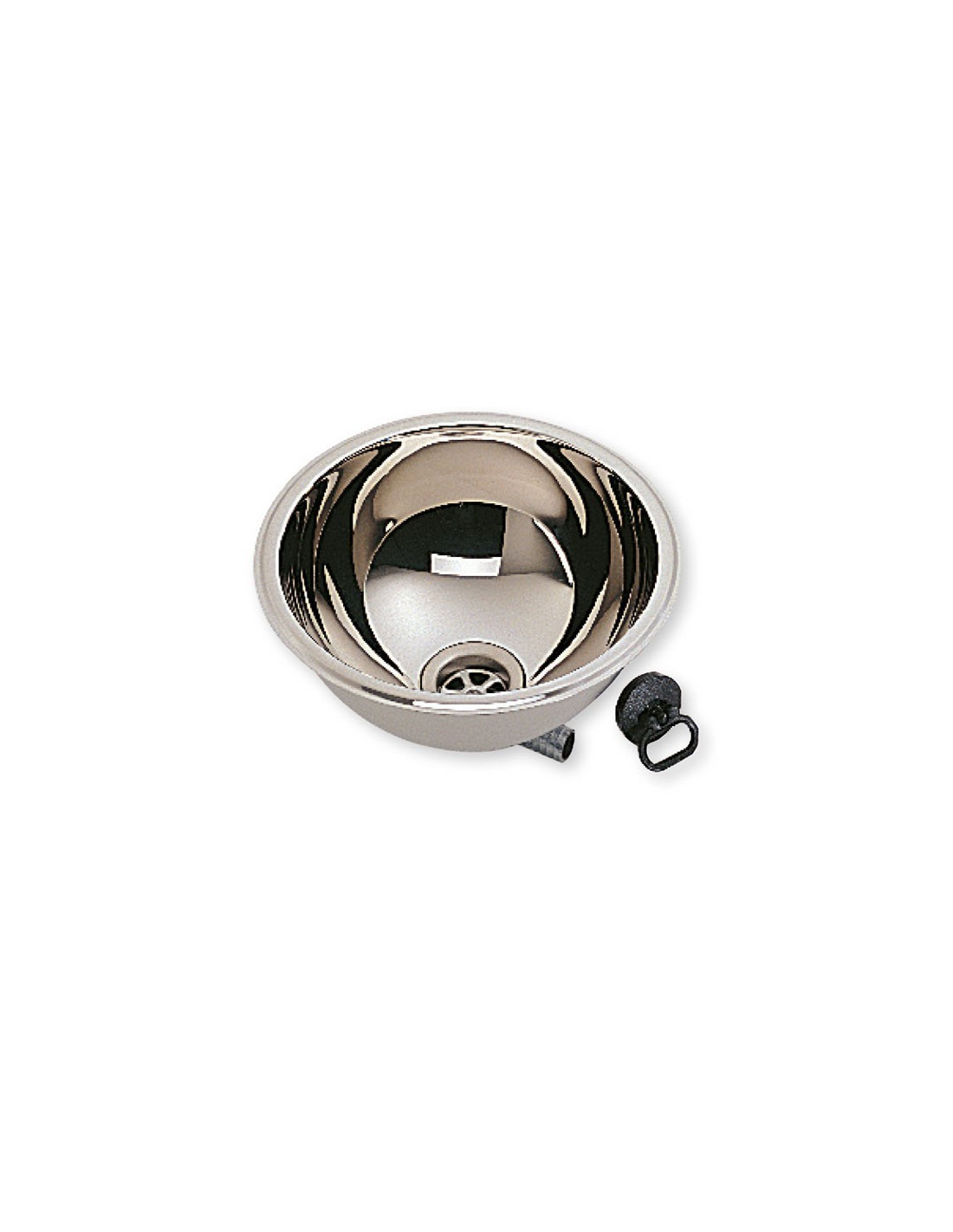




:max_bytes(150000):strip_icc()/kitchendoubleBasinsink-GettyImages-1098390260-420372a617b748d8a06491e6ad82d107.jpg)








